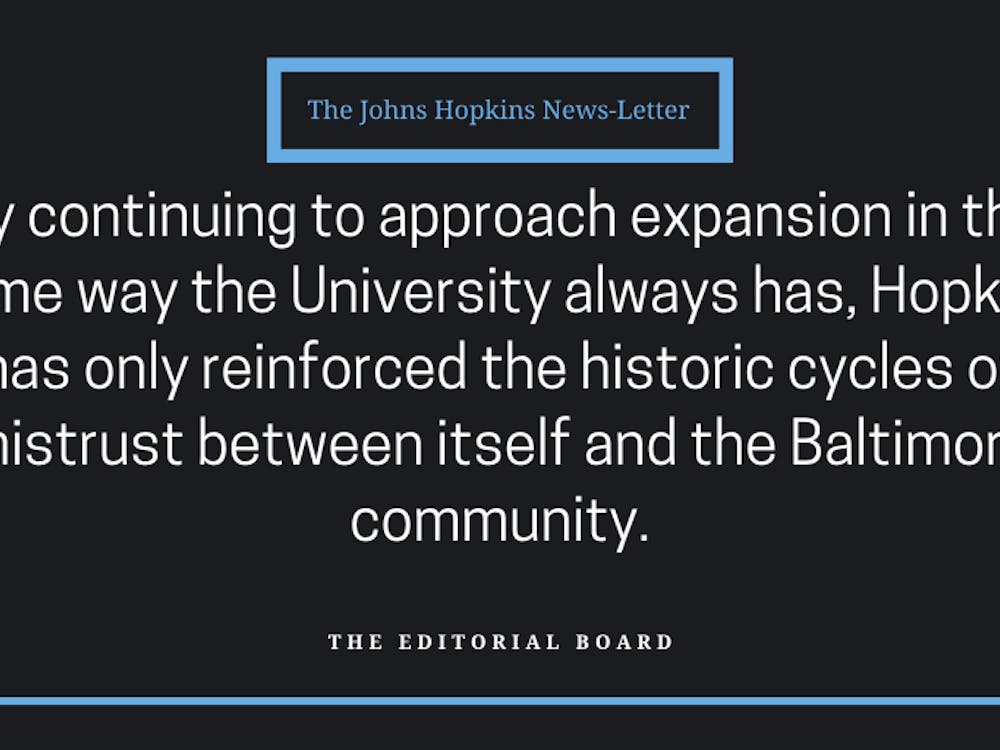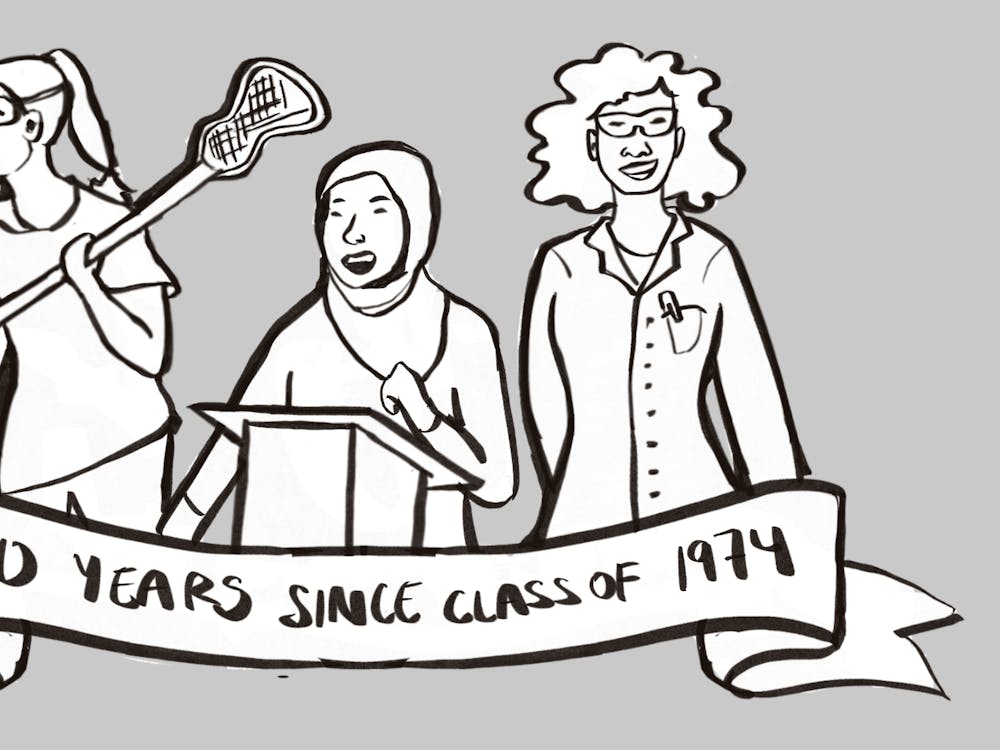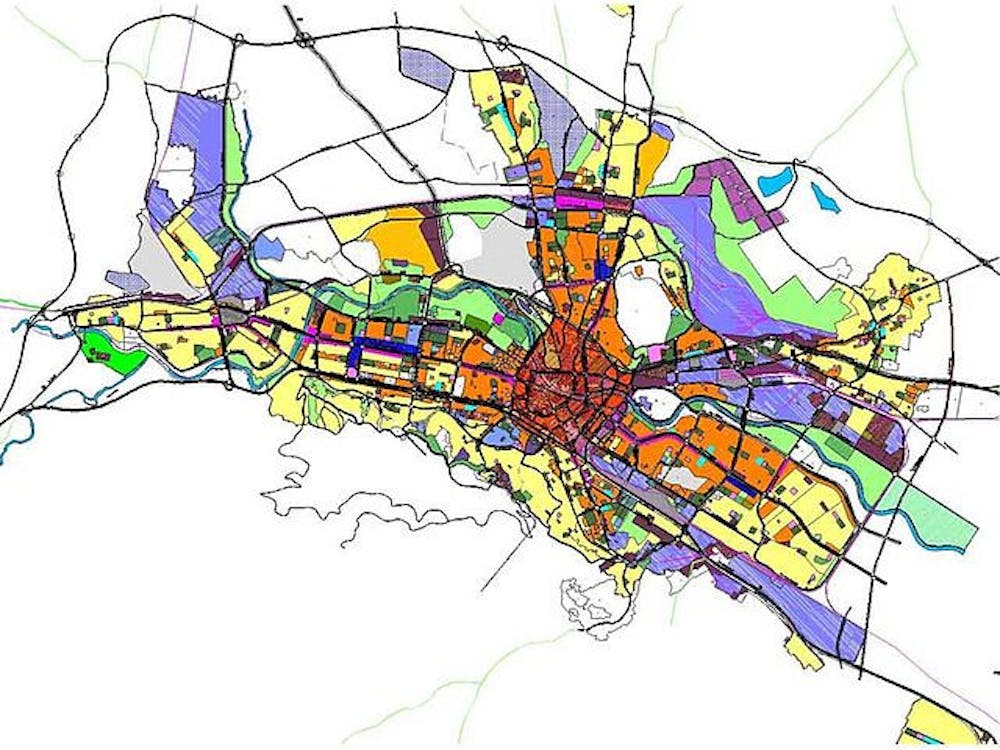Freddie Gray, a 25 year old black man, died two years ago on April 19, 2015 after sustaining a severe spinal cord injury while in the custody of the Baltimore Police Department (BPD). According to the state medical examiner’s office, he sustained the fatal injury during a “rough ride” in a BPD van that was transporting him from the scene of his arrest to the Western District police station. His death, one week after the arrest, sparked both peaceful and violent protests, garnering national attention.
State’s Attorney Marilyn Mosby brought charges against the six officers involved in Gray’s arrest and transport in May 2015. However, after one mistrial and two acquittals, Mosby dropped the charges against the remaining four officers this past July, citing the economic and social costs of proceeding with trials unlikely to result in a guilty verdict. Mosby also accused the BPD of interfering with the state’s investigation.
The lack of convictions was unsurprising but disappointing for many Baltimore residents, including members of the Hopkins community. Fortunately, many students, faculty and other affiliates have turned their anger and frustration into a force for change, building on the protests immediately following Gray’s death.
The Black Student Union (BSU) organized a mass protest on April 29, 2015, which gave students a vehicle through which to express their frustration with the BPD, the University’s role in Baltimore and racism in the United States. Students, many of whom turned to political activism for the first time, marched downtown and joined thousands of protesters from across Baltimore.
Unfortunately, the national media fixated on the sporadic instances of violence instead of the overwhelmingly peaceful demonstrations that marked the weeks after Gray’s death. Despite the negative image of Baltimore that the national media perpetuated, the organizing that evolved from this initial burst of activism has reverberated through and revitalized the city that we love.
In the past two years, Hopkins students have undeniably become more politically active, not only with the Black Lives Matter movement but have also stuck up for contract workers’ rights and fossil fuel divestment.
The formation of Students for a Democratic Society (SDS), a group that has revitalized student activism, is directly tied to the outrage surrounding Gray’s death. Hopkins students have undoubtedly become more invested in the Baltimore community.
The Editorial Board praises the students that have stepped up and turned their outrage and passion into action. While sharing and reacting to Facebook articles is an important step in raising awareness about social justice, it is not enough to implement real change. Activists on campus have broken out of their social media bubbles and embedded themselves in the struggles that the Baltimore uprising unearthed.
The BSU, in particular, has spearheaded student activism since the uprising. In November 2015, they protested the administration, issuing a list of demands that included increasing the number of black students and faculty and recognizing the Center for Africana Studies as a department. While the University has not met these demands yet, they have shown a willingness to listen.
In a city whose population is 65 percent black, it is essential to continue having difficult conversations about race, especially considering that our student body is only nine percent black. Fortunately, Hopkins has made a commitment to taking race seriously.
The Roadmap on Diversity and Inclusion, which was released in response to the uprising and the BSU’s demands, was another step forward for Hopkins. The Editorial Board commends the efforts of concerned student groups and the University to address the deep racial inequalities that plague the United States.
The University has led an effort to continue this important conversation through the establishment of the Forums on Race in America, which invites prominent artists, leaders and activists to speak about the issues facing communities of color across the United States.
The most recent speaker in this series was Carl Hart, chair of the Department of Psychology at Columbia University. He denounced the discrimination embedded in federal drug policy, which favors strict enforcement laws that target black Americans while ignoring scientific evidence against mass incarceration.
Although there is still no cultural competency requirement at Hopkins, our curriculum has begun to address inequality and injustice in Baltimore. Chief among such classes is Public Health and Well-Being in Baltimore, taught by Philip Leaf, professor in the Department of Mental Health at the Bloomberg School of Public Health. In the course, students hear from leaders in the local community, many of whom were inspired to take action after Gray’s death.
There is more work to do on the University’s part to respond adequately to student activists, though. Black faculty and students remain severely underrepresented, and mental health resources for black students and students of color in general have not been adequately expanded. The fight isn’t over yet.
At The News-Letter, our coverage has irrevocably changed for the better. We have become even more aware of the importance of covering events in Baltimore. While students may like to stay inside the Hopkins bubble, the University’s impact and our coverage extends far beyond it.
The progress student activists have made so far is inspiring, and the Editorial Board encourages members of the Hopkins community to go out into the greater Baltimore community to strengthen our collective fight.
The Editorial Board encourages students to continue holding the University accountable and not let outrage over Gray’s death fade away as 2015 sinks further into the past.






















Please note All comments are eligible for publication in The News-Letter.